CHAPTER 1: The 7 Sewing Essentials for Beginners
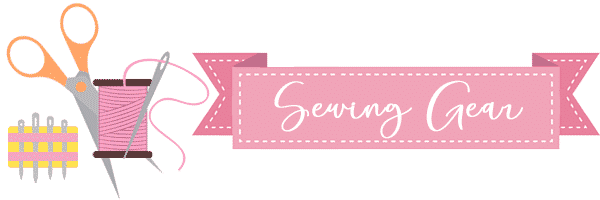
Table of Contents
- 1 Best Sewing Essentials for Beginners
- 2 How cheap is too cheap?
- 2.1 Where Should Beginners Begin Sewing?
- 2.2 Beginner’s Sewing Essentials
- 2.3 Seam Ripper
- 2.4 A good pair of fabric scissors is essential.
- 2.5 A decent pair of embroidery scissors is a must-have.
- 2.6 Scissors for pinking
- 2.7 Measurement tape
- 2.8 Rotary Cutter
- 2.9 Parchment paper/dryer sheets
- 2.10 Quilting ruler in squares
- 2.11 Pin holder made of magnets
- 2.12 Washable markers or chalk
- 2.13 Band-Aids / Thimbles
- 2.14 Gauge for seams
- 2.15 Mat for cutting
- 2.16 Threader for needles
- 2.17 Fabric selection for a sewing project
- 3 The Perfect Sewing Setup for Newbies
- 4 Now for the fun part!
Best Sewing Essentials for Beginners
The fact is, not only is it possible to start off with just a simple thread and needle…it’s actually preferable.
Because just like with any hobby, by attempting too much too soon:
- you get overwhelmed,
- you get discouraged, and…
- you eventually quit.
And all the time and money you invest is wasted.
So to avoid this fate, just keep it simple. But you might be wondering…
How cheap is too cheap?
Since sewing can be expensive…homemakers often search for the cheapest possible solutions to sewing their items.
And that’s fine, except…there is such a thing as “too cheap“.
There are low limits to what can be accomplished with such a setup…and I really wouldn’t recommend it to anyone truly serious about sewing their own stuff.
Where Should Beginners Begin Sewing?
When it comes to sewing for beginners, it’s easy to miss where to begin with your sewing supplies. Needles? Got’em. Threads? Got’em. Are you all set to go? Not yet, at least! There is a slew of other items that should be included in your beginner’s sewing kit to help you get through your first craft or fashion project with ease.
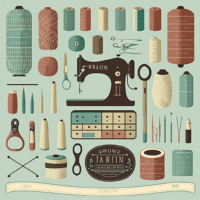
Beginner’s Sewing Essentials
Seam Ripper
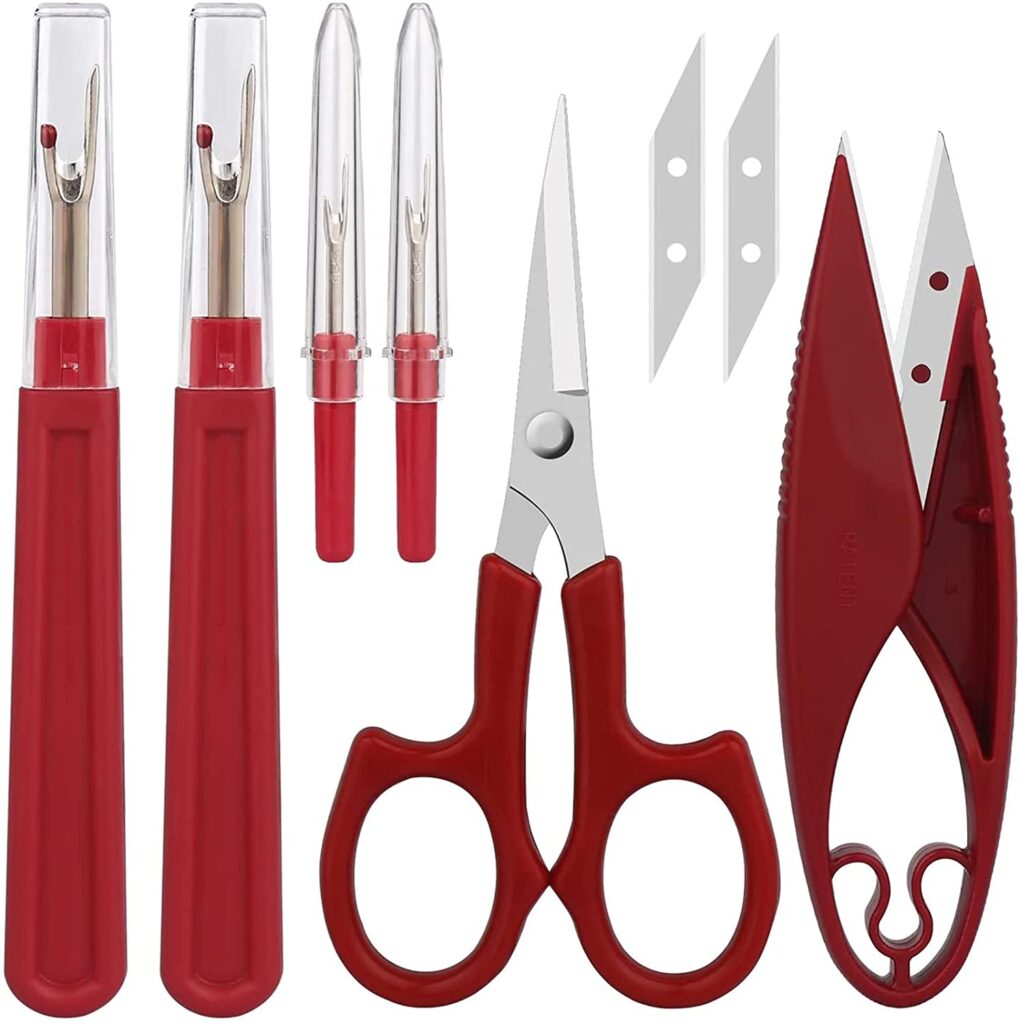
This handy tool is a must-have for newbie sewers. If you’ve made a stitching mistake, simply unpick it and you’re done! Begin over, oblivious to the events of the past. This package contains all types of seam rippers and a handy thread nip as well.
A good pair of fabric scissors is essential.
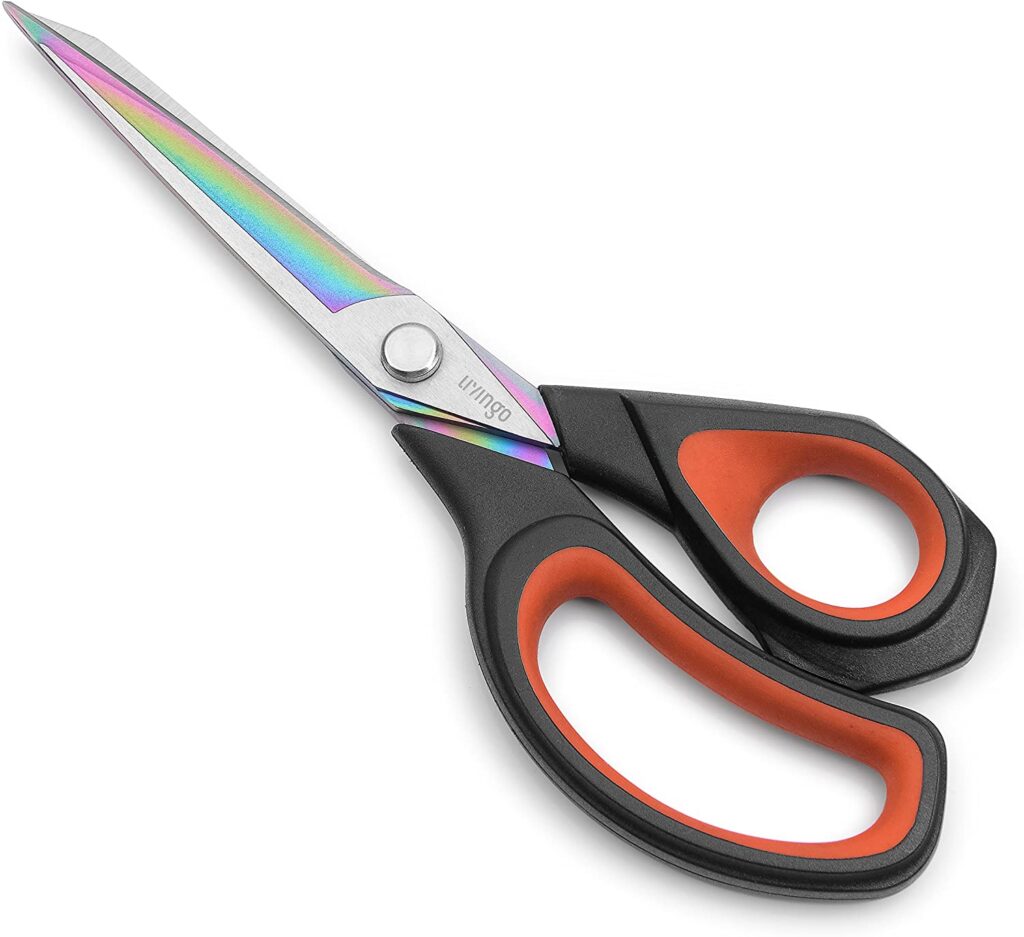
Fabric scissors are designed to cut through all types of fabric and are extremely sharp. Fabric scissors with distinctive blades are available, making them suited for specialized sewing applications. Fabric scissors with blades pointed down at an angle are also available, allowing them to lie level on the cutting surface when in use.
A decent pair of embroidery scissors is a must-have.
Check Today's Price on Amazon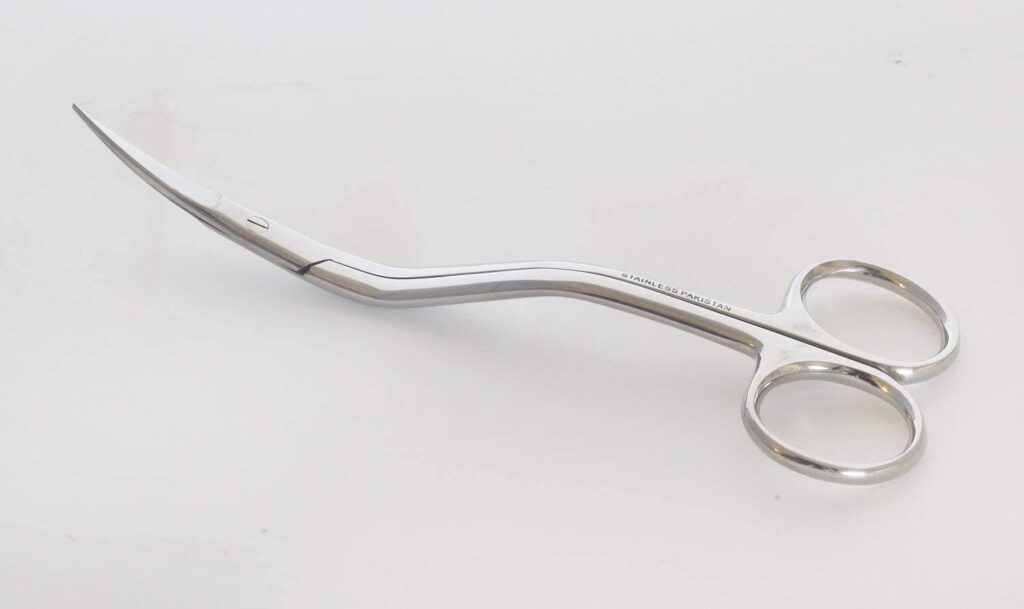
To cut your sewing thread or multiply embroidery thread, you’ll need a good pair of embroidery scissors. The distinctive long sharp points let you snip threads in very tight spaces while maintaining a neat, fray-free cut. Because embroidery is a very exact form of sewing, special scissors are required to tidy up difficult-to-reach ends.
Scissors for pinking
Check Today's Price on Amazon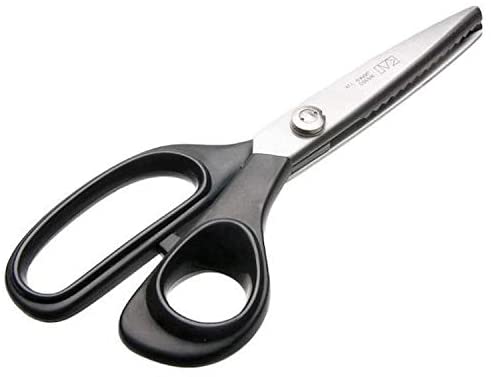
Pinking shears are a type of pinking shears that are used to sew for novices.
Pinking scissors have saw-toothed blades rather than straight blades, allowing you to cut a fashionable zig-zagged line, but they also serve another purpose. If you’re using fabric with unfinished edges, cutting it will cause a lot of fraying. While pinking scissors can’t stop the cloth from fraying, the zig-zag pattern reduces the length of frayed threads, resulting in a cleaner finish.
Measurement tape
Check Today's Price on Amazon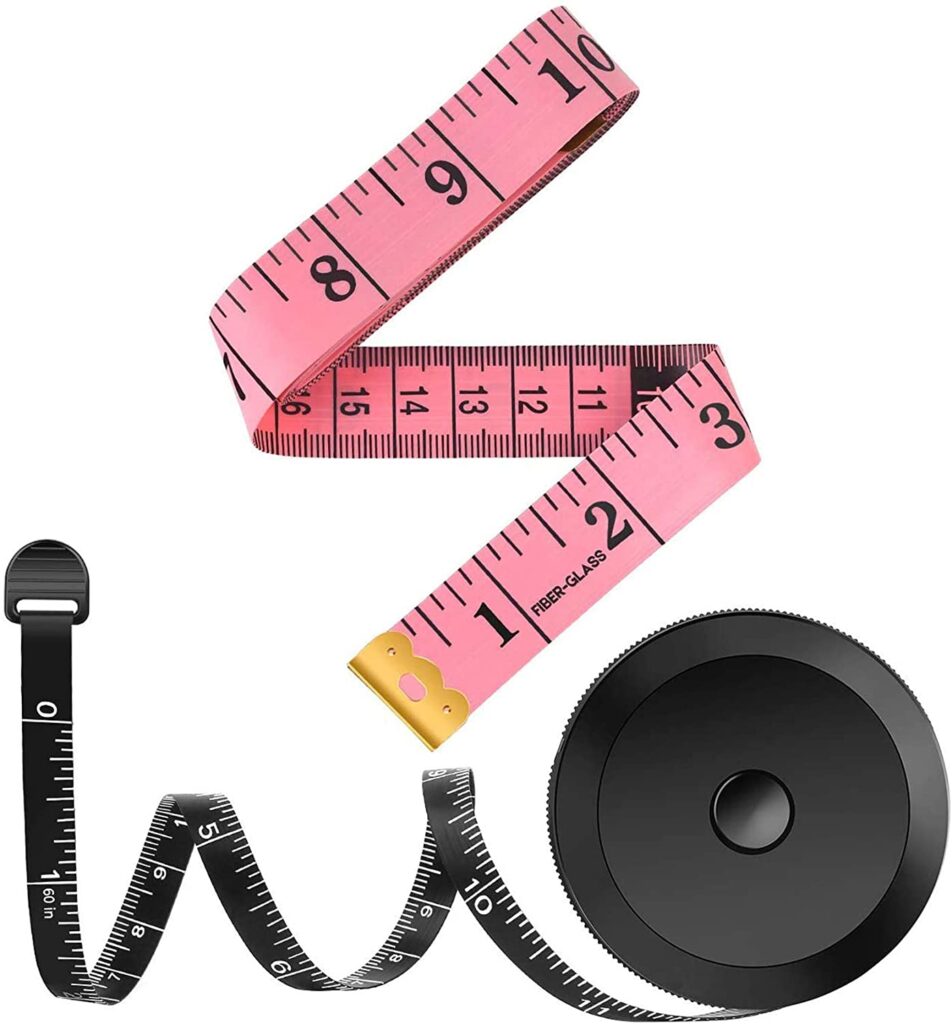
A tape measure is essential for all sewers, not just those learning to sew. One of the most crucial things you can do to assure the success of your project is to measure your cloth. “Measure twice, cut once,” as the old adage goes. The last thing you want is to make a lovely handcrafted outfit that is too small or too huge.
Rotary Cutter
Check Today's Price on Amazon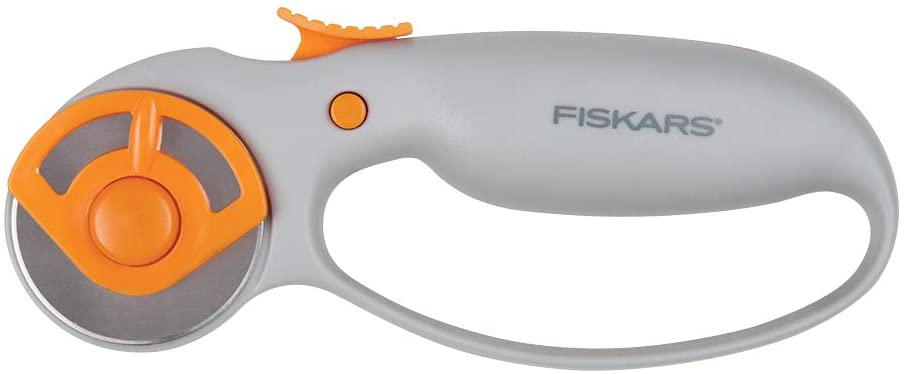
The moving circular blade of a rotary cutter helps you to cut curves more precisely. Your rotary cutters can cut through multiple layers of cloth at once, allowing you to quickly cut out pieces of the same form and size. They come in a variety of sizes and can be used for a variety of applications. Small rotary cutters, for example, are great for cutting out small, intricate curves, whereas large rotary cutters are ideal for cutting straight lines or larger, more broad curves fast.
Parchment paper/dryer sheets
Check Today's Price on Amazon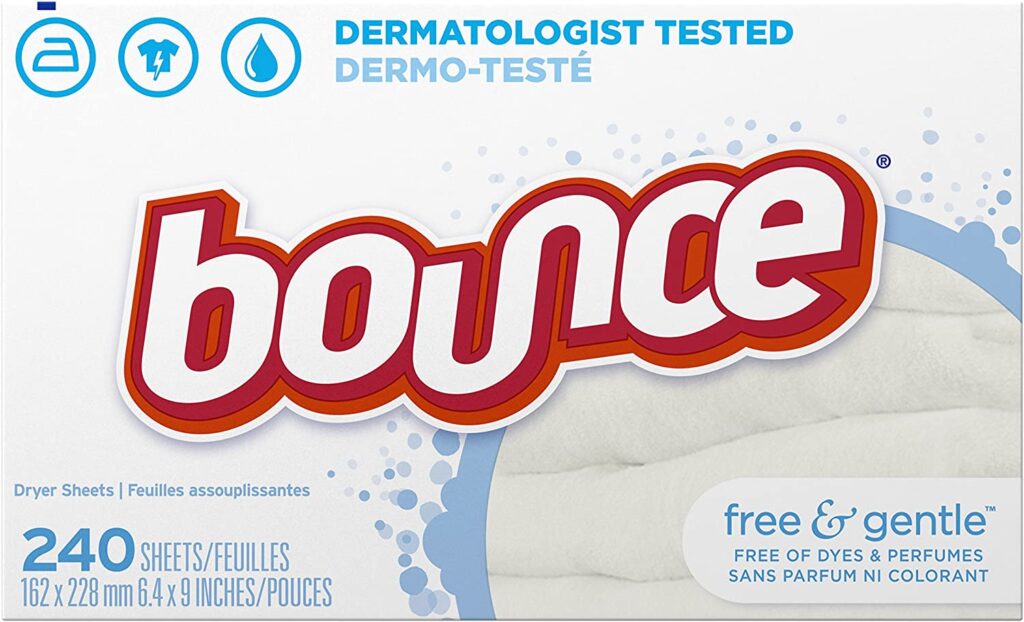
Beginner sewing may not include appliqué right away, but once you’ve caught the bug, it won’t be long before you give it a shot. Dryer sheets, which are used in the dryer, are a handy little trick for quick appliqué. Regular parchment paper can be used, but it is thicker and less malleable than drier sheets.
To get started with dryer sheet applique, here are a few pointers:
- Make a pattern on the dryer sheet by tracing your design.
- Place the sheet, right side up, on top of your fabric.
- Sew around the pattern using a sewing machine, stitching the dryer sheet to the fabric.
- Remove the excess fabric from your stitched pattern by making a rough cut around it.
- Using a snip, make a small hole on the dryer sheet.
- Turn the fabric inside out by pushing it through the holes.
- The dryer sheet is sandwiched between the cloth and the backing now.
- All of the raw edges are tucked beneath the fabric facing to prevent applique shredding.
- Have fun appliquéing!
Quilting ruler in squares
Check Today's Price on Amazon
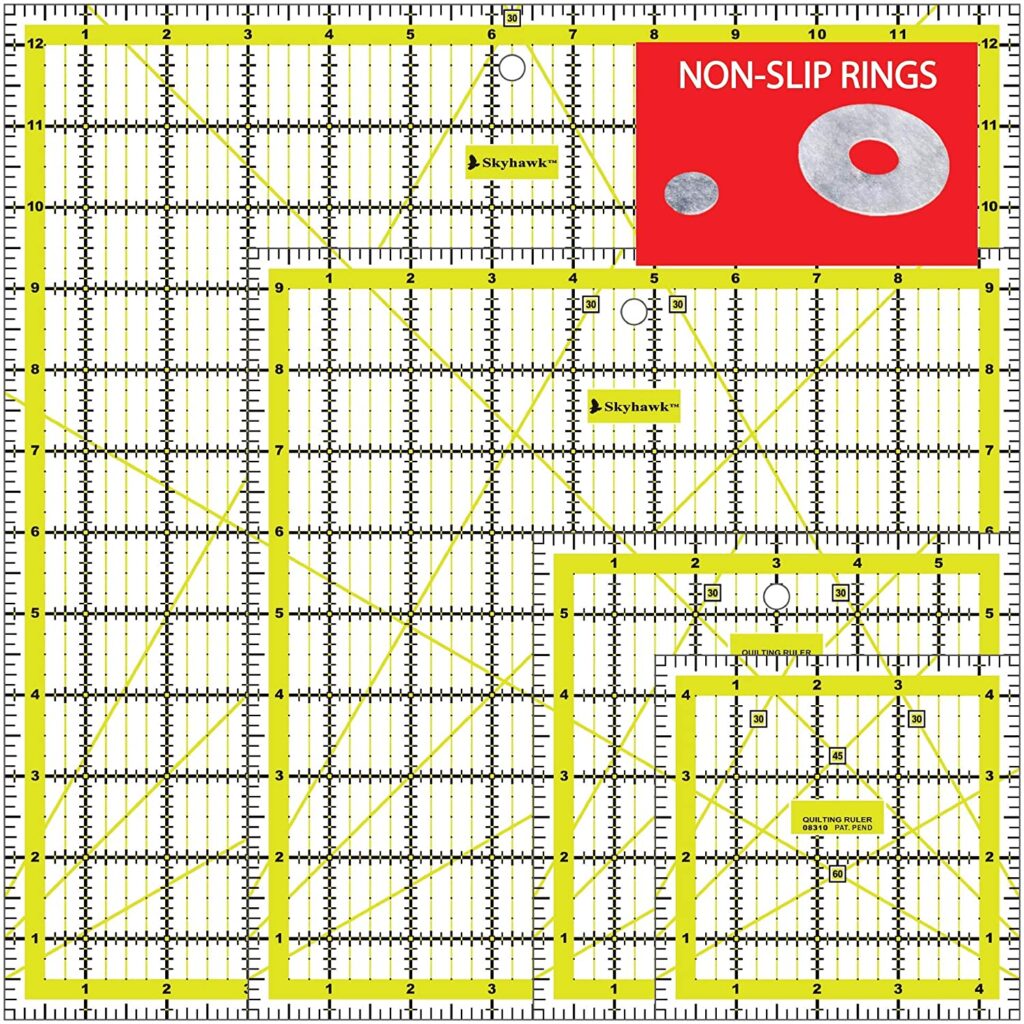
A square ruler is an essential piece for your sewing beginners kit if you want to try your hand at quilting. This is the sewing industry’s version of a scientific calculator, unlike any other ruler you’ve ever seen. It may appear intimidating at first, but the grids, numbers, and varied angles are written on the ruler’s face are all intended to help you and guarantee that each piece of fabric fits together properly.
Pin holder made of magnets
Check Today's Price on Amazon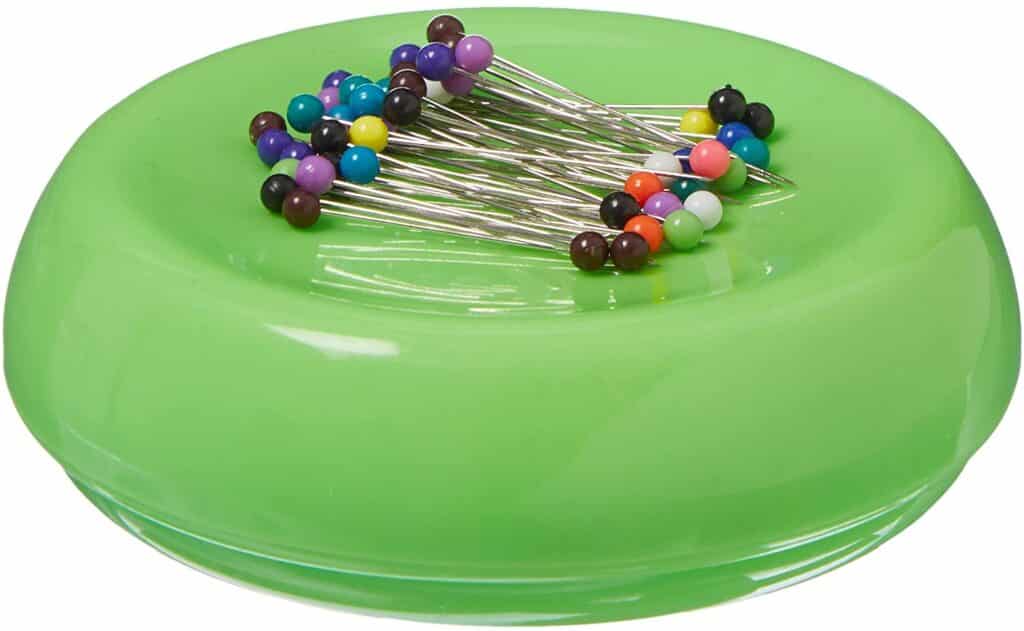
You can acquire a regular pin cushion, but a sewing community member told me that a magnetic pin holder is far more useful. Rather than wasting time looking for misplaced pins on the floor — or aggravatingly discovering them later! – use a magnet to grab them all in one simple flourish.
Washable markers or chalk
Check Today's Price on Amazon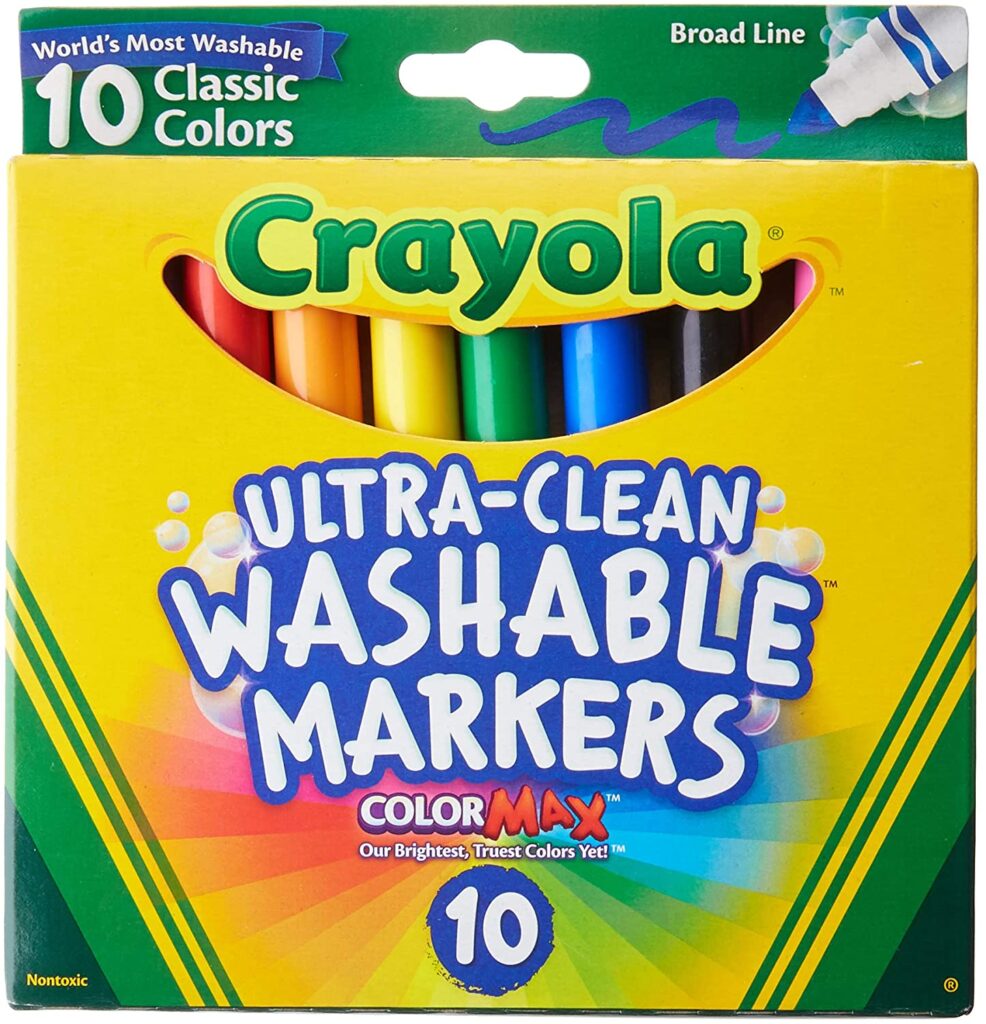
You’ll have to mark your cloth at some point, either to indicate where to cut or to map out your sewing lines. You obviously won’t be able to use a standard pen, so invest in some chalk or washable marker pens that won’t destroy your fabric.
Band-Aids / Thimbles
Check Today's Price on Amazon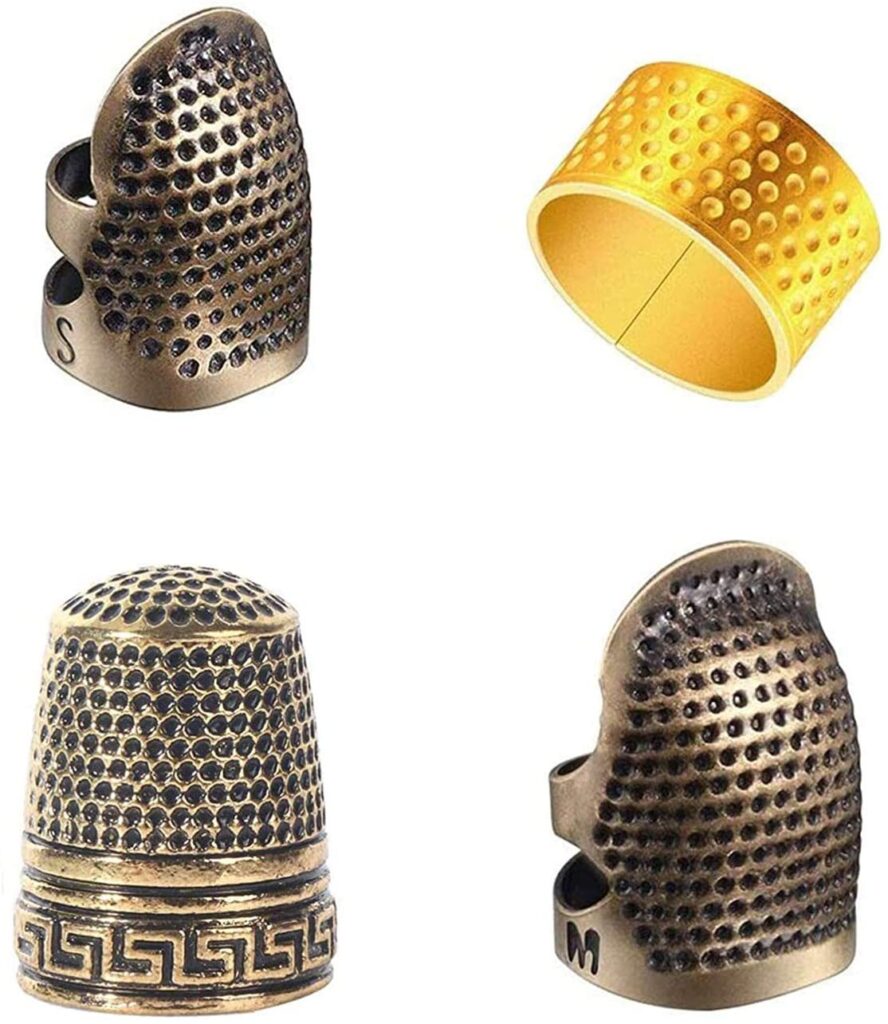
When working with sharp objects, it’s not surprising that you might prick your finger. It’s not a major issue, but if you start bleeding all over your beautiful cloth, you’ve got a problem. When hand stitching, use a thimble and carry a supply of band-aids in your beginner sewing kit just in case!
Gauge for seams
Check Today's Price on Amazon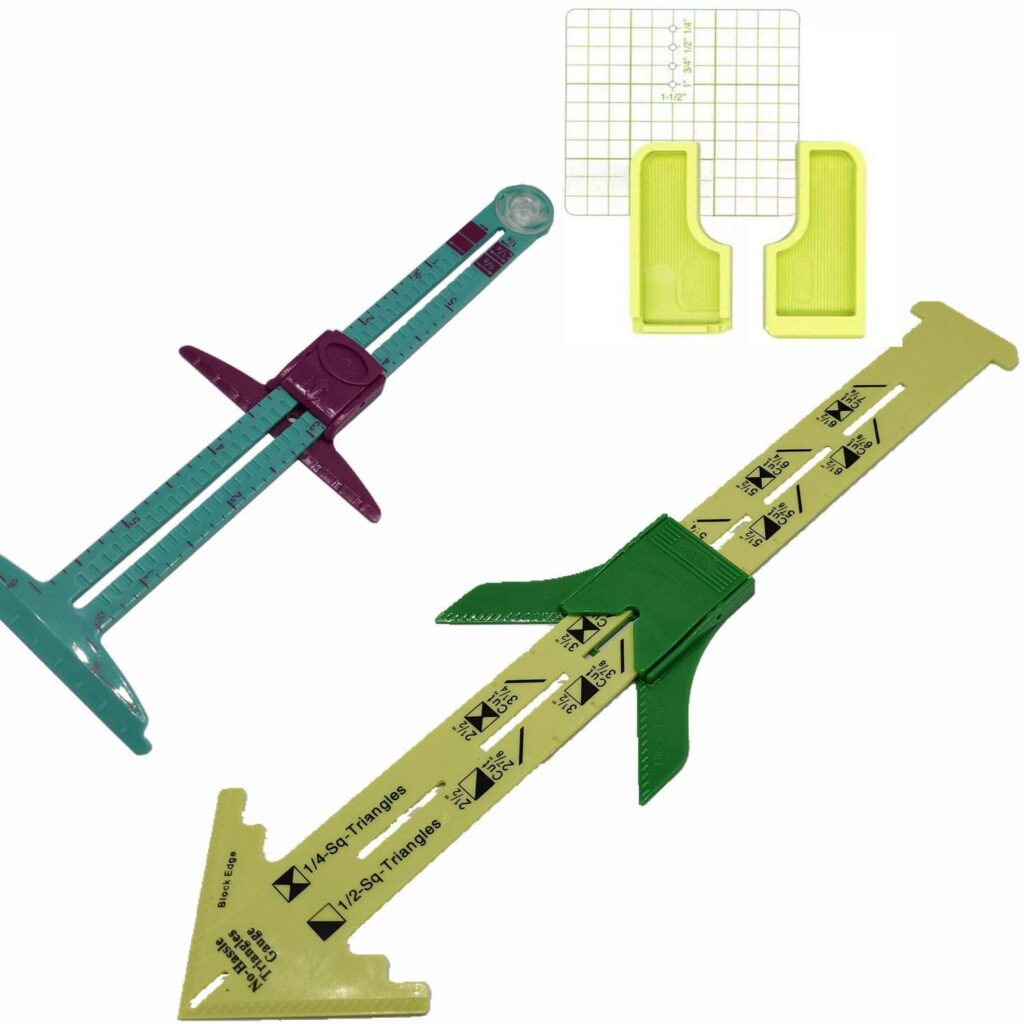
It’s a must-have sewing tool for novices because it’s used to mark and measure widths. It is more dependable than regular measuring tape because it is straight, durable, and usually comes with an adjustable notch. One of the most common uses is to measure hem widths, buttonhole widths, and other details. The center slider, which allows you to precisely mark your spot, is the major feature that distinguishes this from a standard ruler.
Mat for cutting
Check Today's Price on Amazon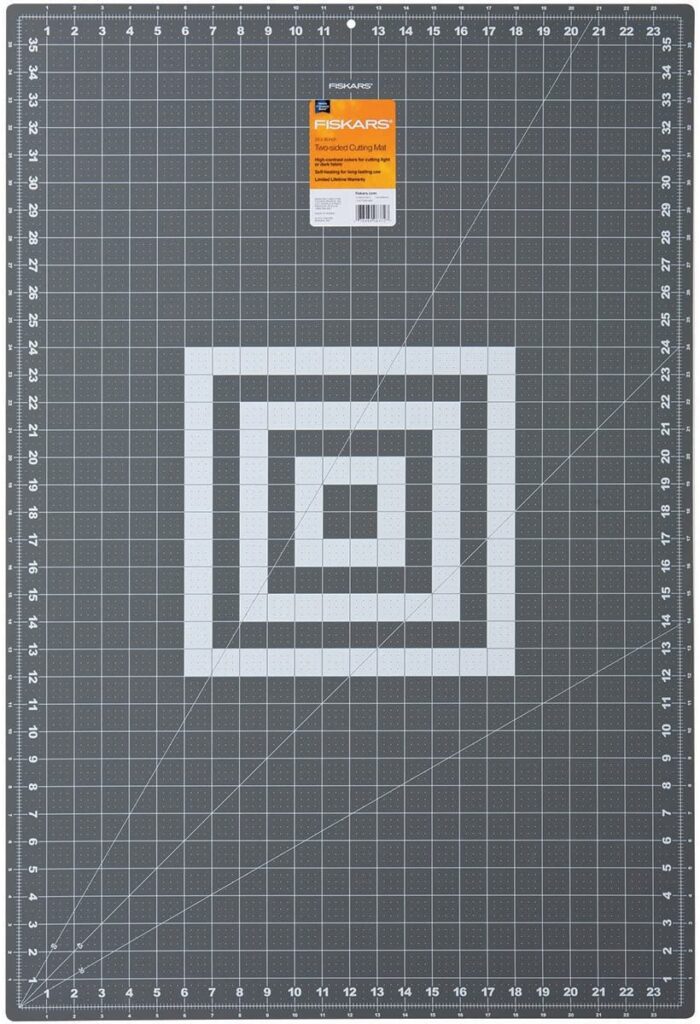
I recommend investing in a self-healing cutting mat if you don’t want to ruin your table. Yes, they protect your surfaces, but they also feature marks, angles, and measures to help you cut the fabric precisely. You can purchase a basic one that’s good for beginners, but it’s worth looking for a decent one that lasts longer so you don’t have to replace mats every couple of years.
Threader for needles
Amazon Sewing Sales!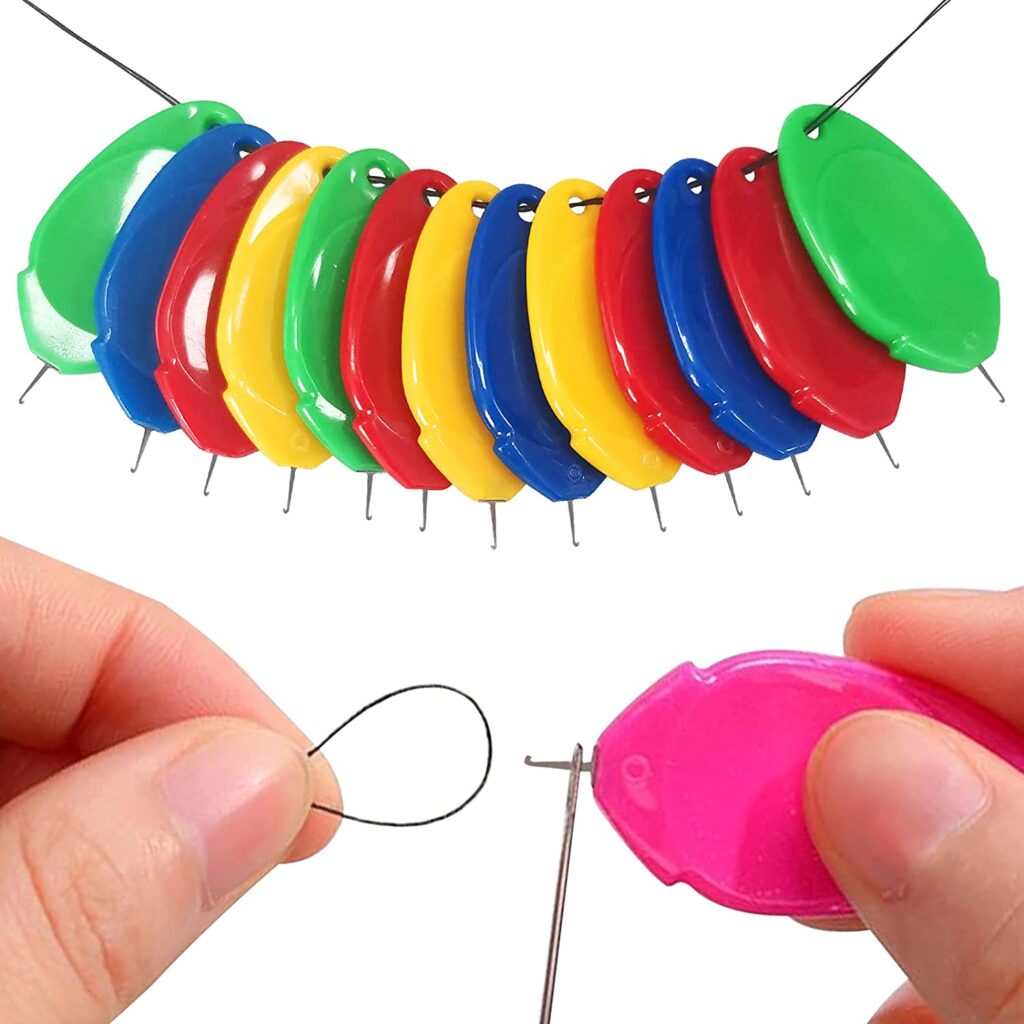
It’s possible that this will become your new favorite thing ever. Gone are the days of delicately feeding a thread through the eye of a needle while licking the tip of a thread and pressing one eye shut. This tiny beauty takes care of everything for you.
Fabric selection for a sewing project
Check Today's Price on Amazon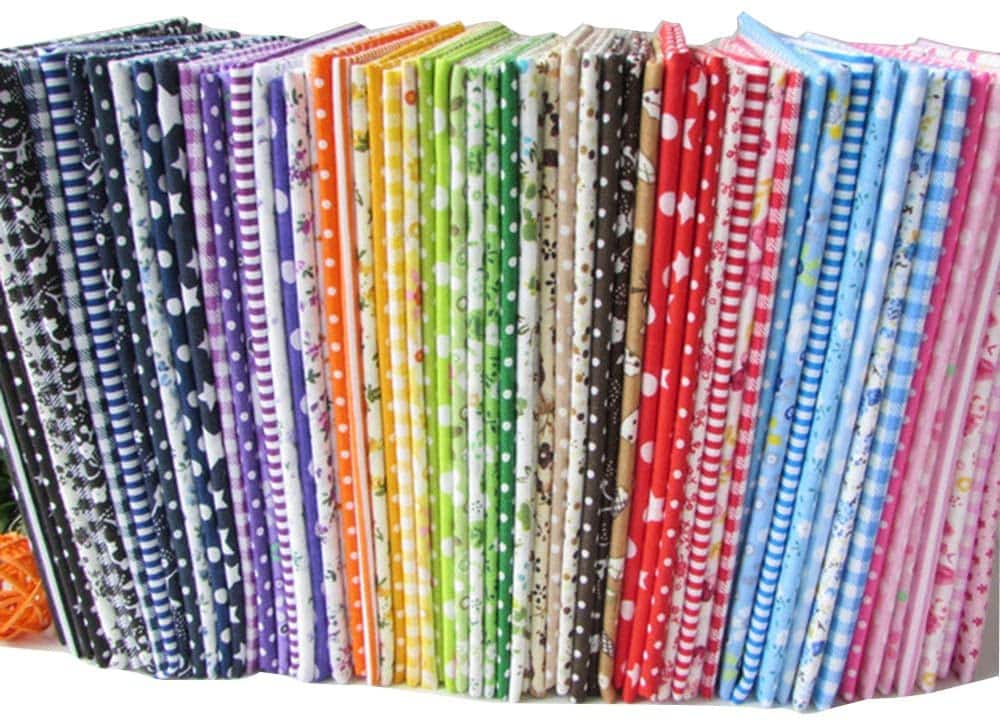
The last thing on my list is a collection of fabric samples, which are only limited by your own creativity.
The Perfect Sewing Setup for Newbies
With the following 7 items:
What you have is a simple working sewing setup, perfect for anyone just starting out with home sewing.
And here’s why:
- It allows you to start ASAP with a minimal investment in both time and money.
- More importantly…it’s the perfect foundation to build upon later as your skills mature.
Now let’s talk more about each item on the list…
1. Thread
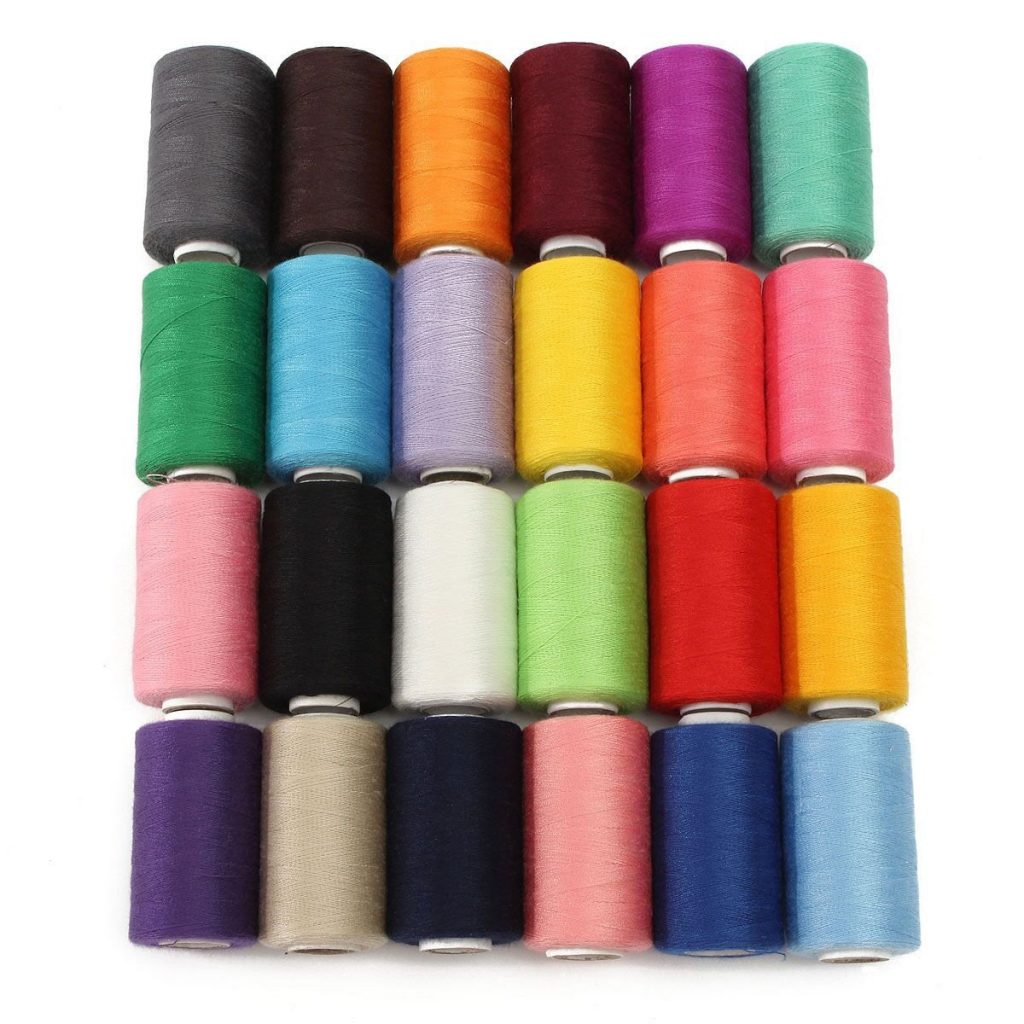
When you’re just starting to sew, your thread choice is the most complicated purchase by far.
What, you thought thread was cheap?
Well, you’re wrong!
However, there are so many different types of threads. Each type has its own, specific purpose.
This is where things can get confusing.
So in the beginning, regardless of what you want to sew, I suggest using what you already have for now.
If you don’t have any, then grab KINGSO 24 Assorted Colors Polyester Sewing Thread. It’s cheap and effective. [Amazon]
If and when you need to upgrade your thread, here’s what I recommend:
Next, we’ll talk about how we’re going to use that thread…
2. Sewing Needle
There are two ways to use thread…
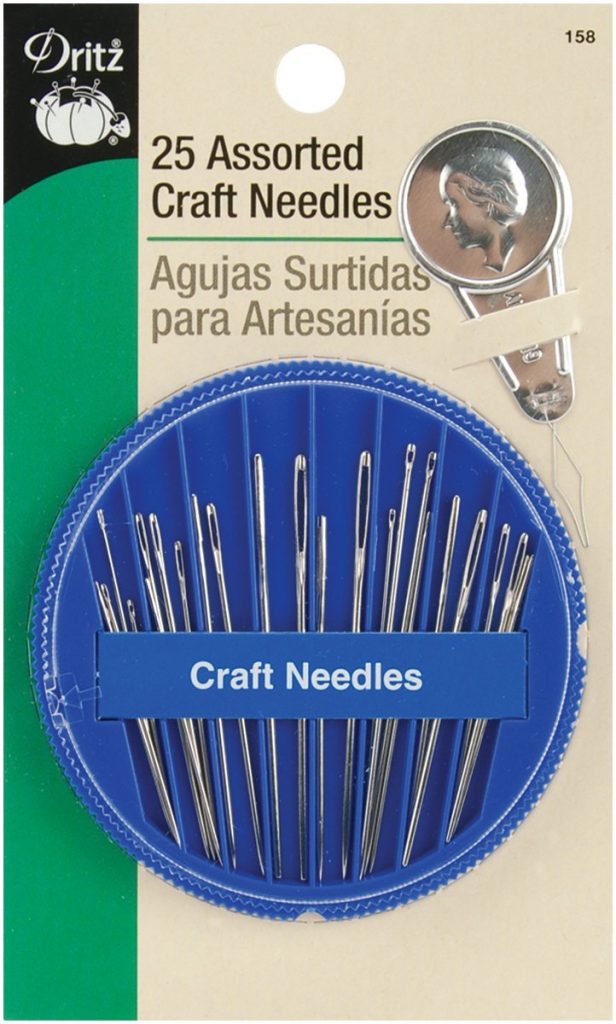
The first is with a sewing needle, which we’ll talk about here.
The second is with a sewing machine, which is our next section.
I really recommend that you start with a simple sewing needle.
Here’s why:
When you’re starting, a sewing needle will help you learn the basics of sewing.
You can sew everything you need with a needle and thread.
Is it optimal? No, of course not!
A sewing machine is much faster and efficient.
Think of it this way:
If you were teaching someone how to drive, would you teach them on a 2010 Volvo Sedan or a 2017 Corvette?
Of course, you would choose the Volvo Sedan!
Sure, the person could learn with the Corvette, but is it really the best option?
Probably not. They’ll go too fast and spin out of control.
Similar to driving, when you’re sewing, you need to control every aspect of the stitch.
Using an old-fashioned sewing needle and thread lets you do that.
Just like I recommended with your thread, use what you have for now.
If you don’t have a needle, here’s a great option for beginners: Dritz 25-Piece Assorted Craft Needles [Amazon]
Want some more options? See our:
Not feeling the old-school needle and thread technique?
Our next section on sewing machines is for you…
3. A Sewing Machine
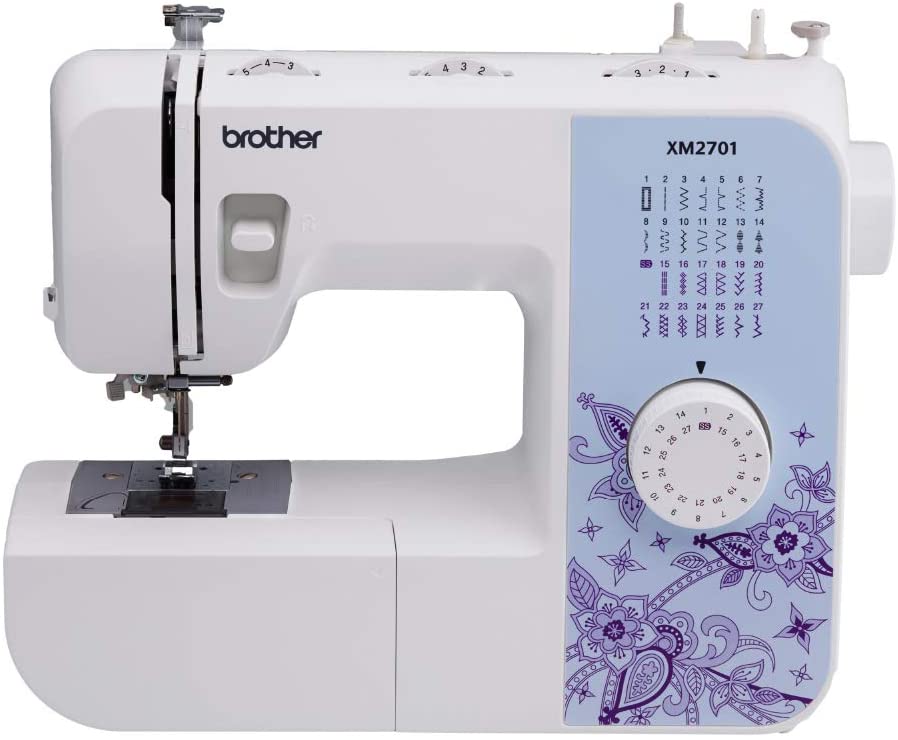
When starting to sew, the sewing machine is the biggest expenditure by far.
Because as common wisdom states:
Ideally, you want the highest model one you can afford.
But these days, virtually everyone already has sewing equipment of some sort. And virtually all sewing equipment is okay enough to at least get you started.
So in the beginning, regardless of your budget, I recommend using what you have for now.
If and when you want to upgrade later on, here’s what I recommend: Brother SE600 Sewing Machine [Amazon |
The topic of different types of sewing machines is HUGE. In fact, we’ve dedicated an entire chapter to it. Here it is:
Now that you have your basic equipment, the fun begins…
4. Patterns
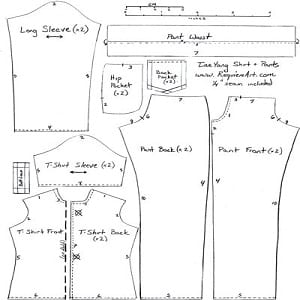
You’ll be using patterns for as long as you sew.
As I mentioned earlier, control is key to sewing.
Patterns give you the guidelines to follow so you have fewer mistakes.
The ones I recommend will easily work for both a needle and a sewing machine.
Here are a few easy ones to get you started: Skirt-a-Day Sewing Pattern [Amazon]
Looking for something more advanced? Check out some of my favorites:
Let’s get to some of the finer sewing essentials…
5. Notions and Supplies
Listen: while you can sew with the basics mentioned above, I don’t recommend it.
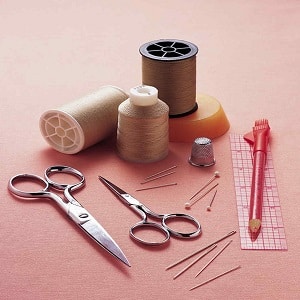
Why? Because you’re leaving yourself open to mistakes.
Remember how I’ve mentioned precision and control several times?
Sewing notions and supplies are the essential tools that will give you that precision and control.
These are items most people don’t give a second thought to, but you CANNOT properly sew without them!
Here are the ones you need to get started:
1. Westcott Titanium Bonded Scissors [Amazon |
2. VELCRO Sticky Back Strips [Amazon | Michael’s]
3. Tear Mender Instant Fabric and Leather Adhesive [Amazon]
4. Vkey 20mm Diameter Sticky Back Adhesive Dot Tapes [Amazon]
5. Singer Assorted Safety Pins [Amazon]
6. Singer Heavy Duty Universal Sewing Machine Needles
Already have those? Check out our more comprehensive list here:
Now let’s talk about where you need to keep all these essentials…
6. Storage
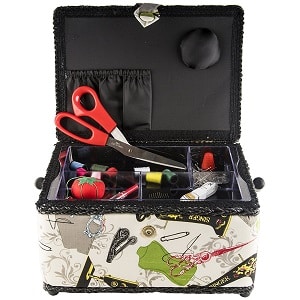
Keeping your sewing essentials organized will not only save you time, but it will also save you money.
You’re probably not going to misplace your larger items, like a sewing machine.
But misplacing thread, needles, and notions happens ALL THE TIME!
Remember, you CANNOT sew without them.
That’s why you need to keep your sewing essentials organized.
If you already have a sewing storage unit – great! Keep what you have until you outgrow it.
For those of you starting out, I really recommend Singer Vintage Sewing Basket [Amazon]
Also, check out our Ultimate Guide to Sewing Storage Solutions if you’re looking for something bigger or more advanced.
At this point, you have everything you need to sew.
However, there are a few more things I want to mention before we get started…
7. Accessories
These aren’t necessary when starting, but they do make your life a lot easier.
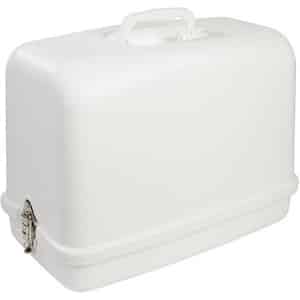
These are the type of items that people buy and then say “how the heck did I ever live without them”!
I usually recommend these once you’ve spent some time sewing with your essentials.
For those of you that are more experienced, or if you’re starting and want to get ahead, here are some things you need to look at:
1. Brother Universal Sewing Machine Carrying Case [Amazon]
2. SINGER Universal Hard Carrying Case [Amazon]
3. SINGER Machine Oil [Amazon]
4. SINGER Even Feed Walking Presser Foot [Amazon]
Want to know the rest? Check out our guide to:
Now for the fun part!
Congratulations! You have all of your sewing essentials. If you plan on traveling with your sewing machine, make sure to get a sewing machine tote.
Let’s move on to chapter two where we get you ready to begin your journey with a sewing machine…
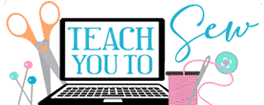

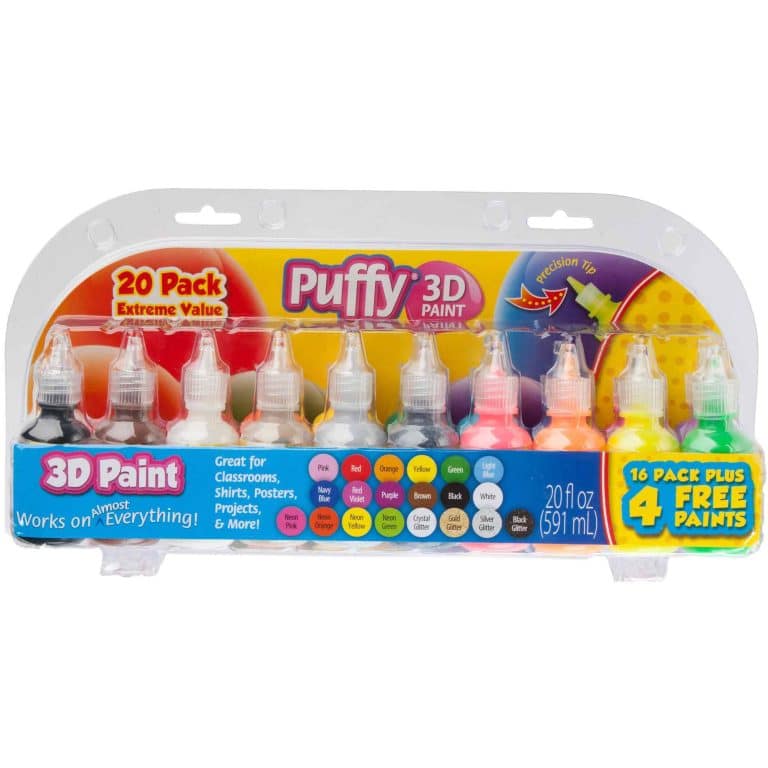
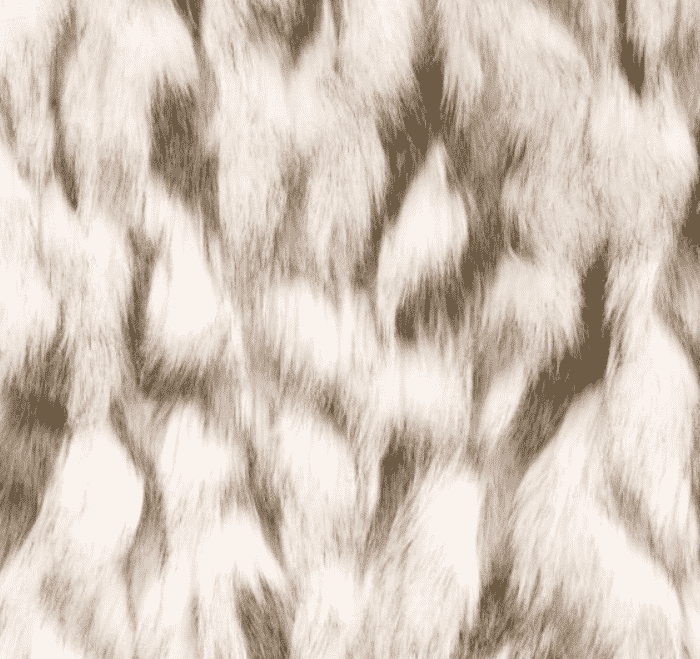

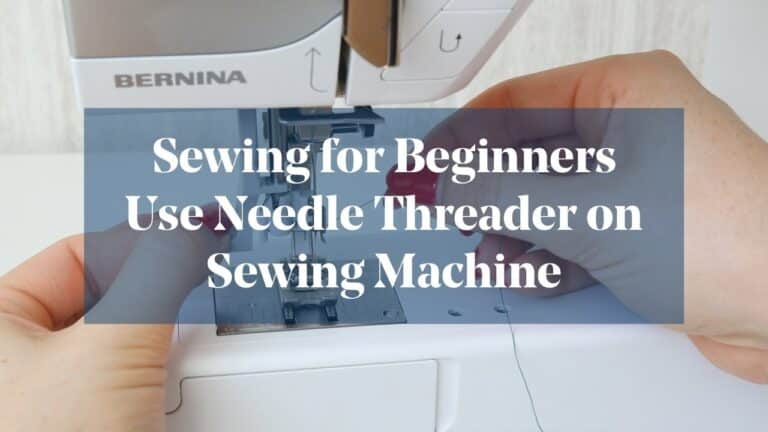
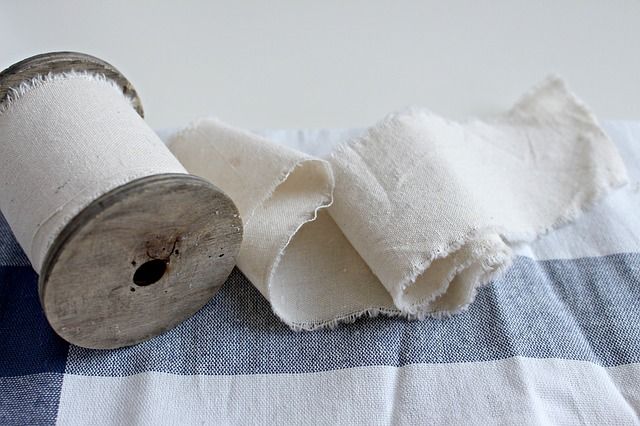
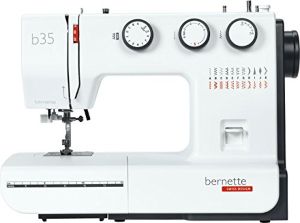
I would make a blouse